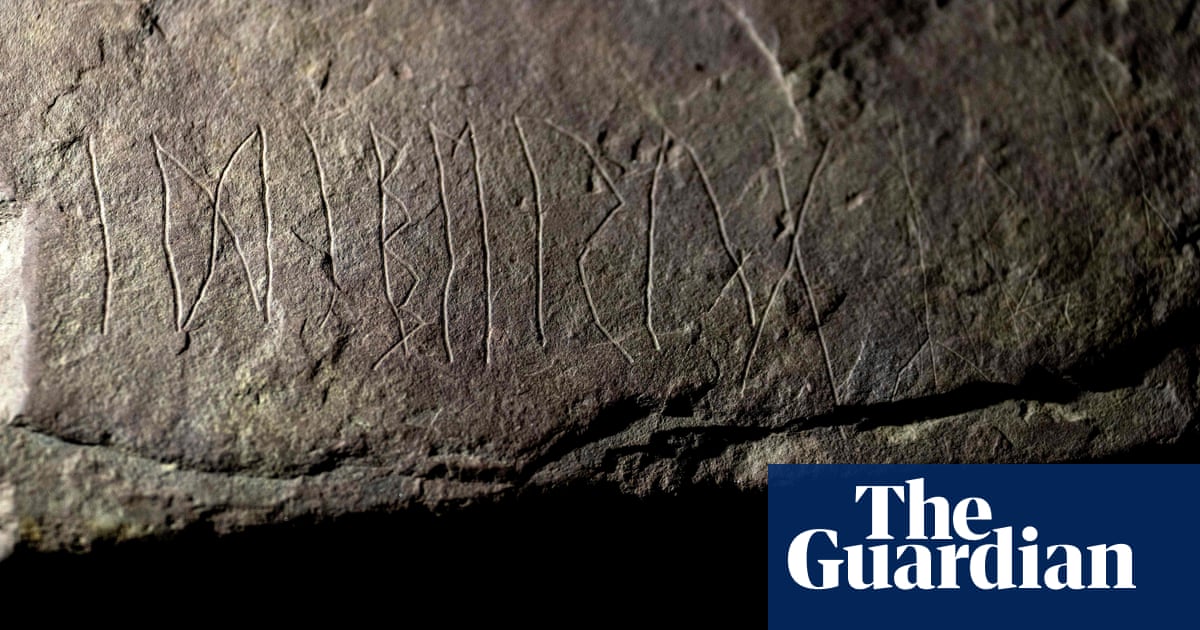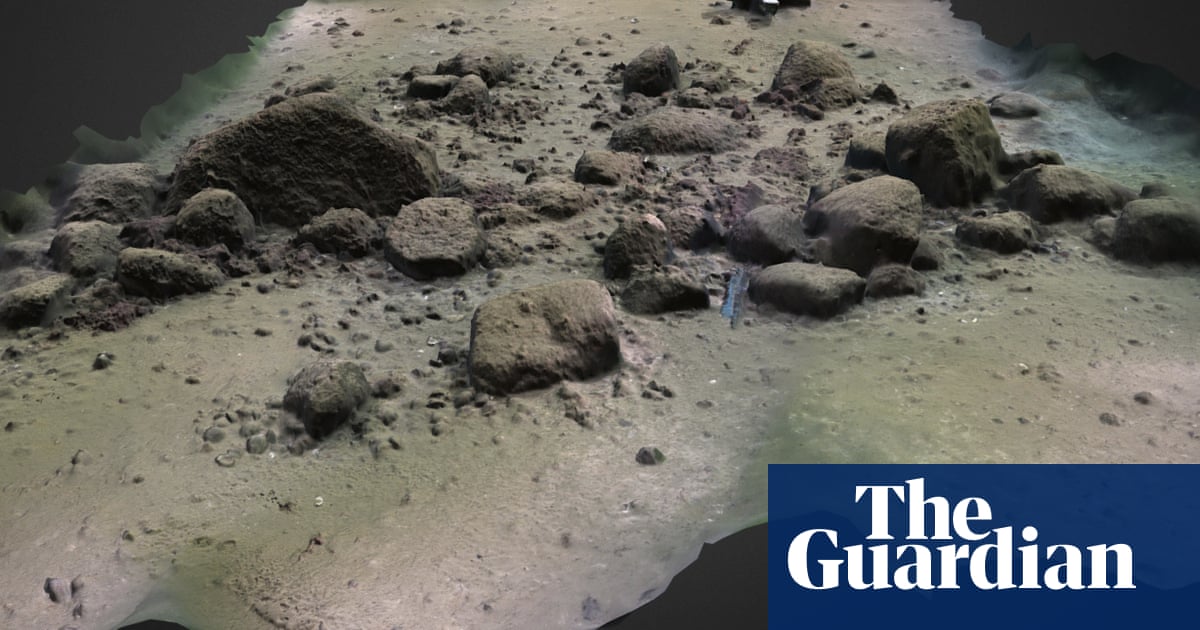
RIYADH — A scientific team discovered stone installations used as animal traps in the Nafud desert in the northern part of the Kingdom. These animal traps are considered as among the oldest stone traps in the world, dating back to more than 7,000 years, the Saudi Press Agency reported quoting the Heritage Authority sources.
The authority stated that the results of the team’s work confirmed that the northern regions of the Kingdom witnessed an important cultural development about 5,000 years ago as evidenced by the construction of huge places that included hundreds of large stone installations, an important cultural landmark and a civilization shift in the region.
The authority said that the results of this scientific work, which were published by the Holocene international science journal specialized in prehistoric studies, is part of the fieldwork for the Green Arabian Peninsula project led by the Heritage Authority with the participation of the German Max Planck Institute, the University of Oxford, and King Saud University.
The scientific fieldwork, carried out by the team, dealt with the beginnings of the development of stone installations within their archaeological and environmental context, especially the rectangles, which were described as animal traps, and that reflected the development of human behavior through competition for pastures in difficult and unstable environments in the Arabian Peninsula. This was the case even in the humid times of the Holocene period when the environment was going through periods of drought.
The current field works of the Green Arabian Peninsula project focus on the southern outskirts of the Nafud desert to study the prehistoric region and its ancient environment in recent decades in the south of the Nafud desert from the western border of Jabal Aja in the Hail region to Taima in the west.
These stone rectangles were verified after analyzing, studying, and selecting a number of them to be surveyed to find out their construction and related cultural materials and they were photographed. An organic sample of coal and shells was removed to date it from one of the terraces of these rectangles.
The team has identified 104 stone installations around the southern boundaries of the Nafud desert, the number of which indicates that they are spread far from Harrat Khyber. These rectangles are expected to be found to the east during the study, but the stone rectangles south of Harrat Khaybar were found to be less.
The results of the study indicated that these stone rectangles that spread in the south of the Nafud desert appear to be equal and close, but in the form of groups, most of them were constructed in the form of converging rectangles from each other, distributed evenly on the outskirts of southern Nufud.












